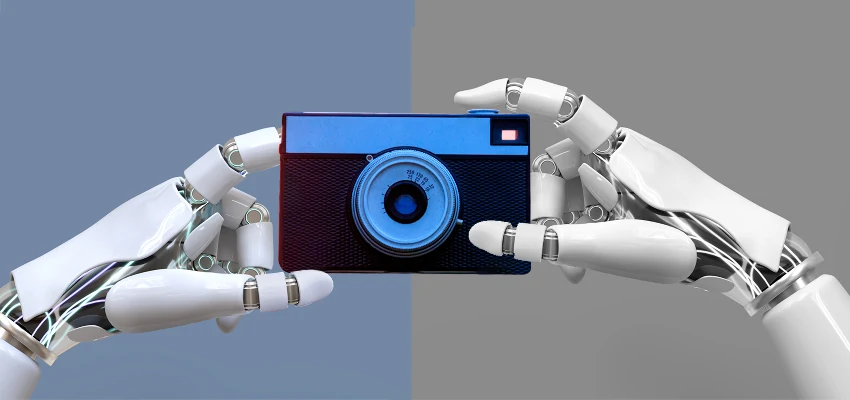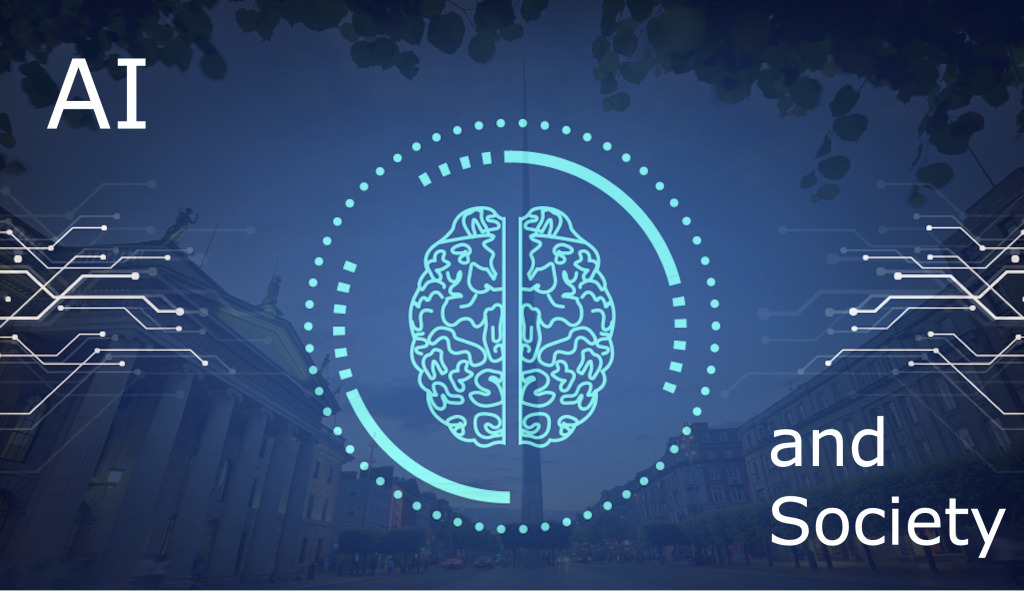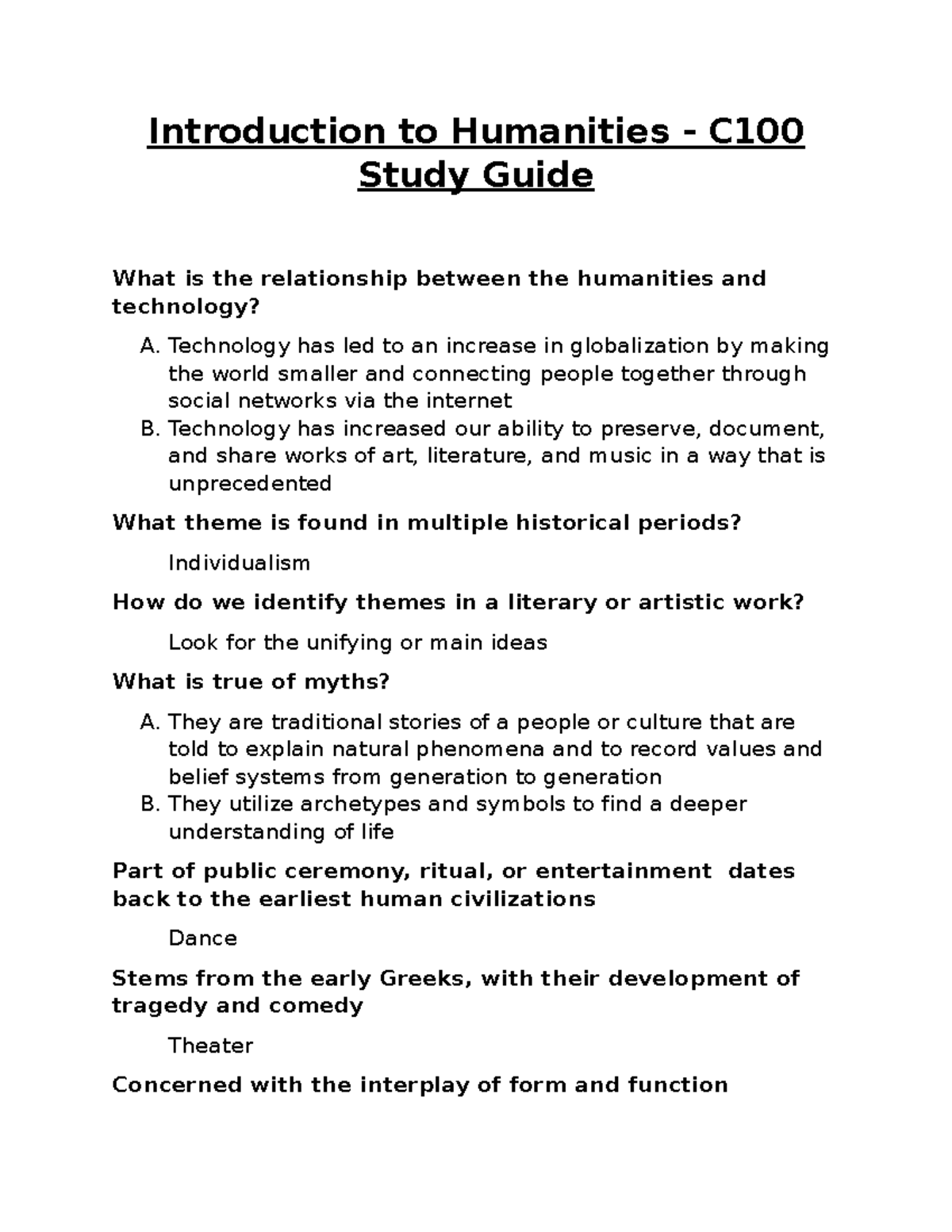AI in photojournalism is rapidly transforming the landscape of visual storytelling, presenting both challenges and opportunities for the future. The rise of artificial intelligence technology threatens the credibility of journalism by creating synthetic images that can undermine trust in what is real. Yet, innovators like Kira Pollack are exploring how this very technology can help preserve photo archives and maintain the integrity of historical visual records. With a keen understanding of the impact of AI on journalism, Pollack’s work focuses on using AI tools to systematically organize and contextualize vast collections of images captured by professional photojournalists. As the boundary between technology and artistry continues to blur, the intersection of AI and photojournalism technology may redefine the future of documenting our shared history.
The integration of machine learning into visual news reporting is paving the way for a new era of photography and visual documentation. This paradigm shift invites questions about authenticity and authorship as the industry grapples with the implications of emerging technologies. By utilizing AI for the curation and preservation of photo archives, professionals in the field can enhance the accessibility and relevance of historical images. Kira Pollack’s initiatives exemplify this approach, illustrating how artificial intelligence photography can serve as a tool for safeguarding the narratives encapsulated within archival collections. As photojournalism navigates these technological waters, a critical dialogue emerges around maintaining ethics and trust while innovatively documenting our world.
The Role of AI in Preserving Photojournalism
The rapid advancement of artificial intelligence presents a dual-edged sword for the field of photojournalism, as highlighted by Kira Pollack’s fellowship at the Shorenstein Center. While some fear that AI technology could undermine authenticity through the proliferation of synthetic imagery, Pollack argues that these same tools can be wielded to safeguard historical photo archives. As AI continues to evolve, it holds the potential to not only streamline the organization of vast image collections but also foster a deeper understanding of the narratives behind them, ensuring that the rich tapestry of photojournalism is preserved for future generations.
By collaborating with prominent photojournalists, such as Christopher Morris, Pollack is exploring the intricate relationship between technology and visual storytelling. The emphasis lies on utilizing AI technologies to assess and catalog these archives, creating a foundational layer for deeper research and contextualization. This approach addresses the urgent reality that so many impactful images reside unseen and underappreciated, threatening the very essence of photojournalism’s impact on society.
Navigating the Challenges of AI and Authenticity in Photo Archives
One major concern involving AI in photojournalism revolves around the erosion of trust in the authenticity of images. With generative AI’s capability to produce hyper-realistic images without the need for traditional photography, there’s heightened anxiety regarding the misinformation that can circulate in the media landscape. As Pollack notes, the amalgamation of rapidly spread images on social media, devoid of journalistic gatekeeping, poses real risks. The challenge lies in striking a balance between leveraging AI for archival purposes and ensuring the integrity of authentic journalistic work.
Navigating these complexities requires a nuanced approach that not only considers how AI can assist in preserving visual histories but also addresses the copyright implications entailed in using AI technology. Pollack’s commitment to ensuring that ethical considerations are at the forefront emphasizes the importance of ownership and authorship in this evolving industry. By framing these discussions, she is not only preserving a crucial visual narrative but also reinforcing the core values of photography: truth and memory.
The Impact of AI on the Future of Photography
As we look toward the future, the impact of AI on photography extends well beyond the realm of photojournalism. With new generative tools and techniques emerging, traditional notions of image creation are continuously being challenged. Pollack’s insights from her tenure in the industry illustrate her awareness of both the threats and opportunities that technology presents. Many photographers express concern over the replacement of human creativity; however, Pollack is leading a discourse on how these advancements can simultaneously lead to new avenues of storytelling and artistic expression.
The inherent potential for AI to revolutionize the way images are curated and presented brings about a transformative opportunity for the industry. When leveraged ethically, AI can enhance the storytelling potential of photojournalism. This evolution paves the way for innovative techniques in archiving and contextualizing historic images, ultimately redefining how audiences engage with visual narratives. Pollack’s advocacy for understanding and responsibly employing AI technology underscores a central tenet: technology should serve to elevate human creativity, not diminish it.
Kira Pollack: A Visionary in Photojournalism Innovation
Kira Pollack’s extensive background in visual storytelling across major publications such as Vanity Fair and Time Magazine positions her uniquely to facilitate meaningful discussions on the intersection of technology and photojournalism. Her work exemplifies a thoughtful pivot towards embracing technology while recognizing its potential downsides. As the state of photojournalism continues to evolve, Pollack’s commitment to safeguarding authentic narratives inspires a generation of visual storytellers to consider how they can utilize AI not just as a tool, but as a partner in chronicling our complex world.
Through her groundbreaking research at the Shorenstein Center, Pollack aims to set in motion a much-needed conversation about the future of photojournalism amid technological advancements. By exploring collaborative methodologies between journalists and technologists, she is working to create a framework that promises to safeguard the integrity and emotional depth of photojournalistic work. Pollack’s vision is not merely to accept change, but to actively shape and guide it in a manner that honors the core values of journalism.
Ethical Considerations in AI and Photojournalism
As Kira Pollack delves into the ethical ramifications of employing AI within photojournalism, she emphasizes the necessity of respectful engagement with sensitive content. The technology capable of analyzing and cataloging vast archives must be used responsibly, ensuring that the rights of photographers and the context of the imagery are preserved. This ethical approach builds trust between photojournalists and their subjects while also enhancing the ability of audiences to appreciate the complex realities captured within these images.
Moreover, as AI technology continues to be integrated into the photojournalism landscape, the preservation of authorship and intellectual property rights becomes paramount. Pollack’s focus on these ethical dilemmas invites an essential re-evaluation of how the journalistic community approaches the intersection of technology and artistic expression. By articulating clear principles governing AI’s implications, she aims to create a sustainable model of practice that prioritizes the authenticity of visual storytelling.
Artificial Intelligence Photography: Transforming Creative Processes
Artificial intelligence is fundamentally reshaping creative processes in photography, introducing new methods that were previously unimaginable. This transformation has sparked discussions on the role that AI can play in the future of photographic artistry. With tools that allow for advanced image manipulation and organization, creative professionals are presented with new possibilities for expressing narrative and emotion through their work. Pollack’s exploration of these technological advancements illustrates how they can re-invigorate storytelling in a field that often wrestles with the balance between creativity and authenticity.
Additionally, the blend of AI with traditional photographic skills opens doors for innovative collaborations between artists and technologists. By adopting AI as a partner rather than a replacement, photographers can harness its capabilities to enhance their work. This collaborative approach believes that the creative essence of photography—the ability to evoke emotions and convey truths—can significantly benefit from the efficiencies that AI offers.
Challenges of Preserving Photo Archives in an AI Era
The preservation of photo archives amidst rapid technological change poses significant challenges for the future of photojournalism. Pollack underscores the urgency of this issue, highlighting that a staggering amount of valuable content remains unnoticed or neglected in the archives of photojournalists. As new technologies emerge, there’s a growing risk that these important visual records could be lost or overlooked, further diluted by the noise of digital culture. An organized initiative to preserve and elevate these archives is essential in retaining the historical integrity of visual media.
Innovative solutions facilitated by AI can transform how we view and maintain these archives, making them accessible and engaging for new audiences. Pollack’s research considers the potential of AI-driven techniques to catalogue and contextualize this content, breathing new life into unseen images. By creating a more dynamic and discoverable repository of photojournalistic work, not only is the historical narrative preserved, but also future generations are afforded the opportunity to connect with pivotal moments captured by photojournalists.
The Influence of Photojournalism on Public Perception
Photojournalism plays a critical role in shaping public perception by providing visual context to the stories that define our time. Images captured by photojournalists have the power to influence emotions and provoke empathy for global issues. Pollack, through her research and experience, reiterates the importance of preserving this medium’s authenticity and credibility in an age where misinformation can easily spread. The stakes of visual representation are tremendous, and ensuring that journalists maintain their integrity is crucial to informing public opinion.
As audiences become more visually literate, the role of photojournalism will continue to evolve, further reinforcing the need for responsible practices in capturing and disseminating images. Pollack’s insights emphasize that the future of photojournalism will likely intersect with advances in technology, making it essential for practitioners to adapt while adhering to ethical standards that prioritize truth and memory. This balance will be fundamental in maintaining the art form’s value as a catalyst for social change.
Exploring Future Directions for AI in Journalism
The exploration of AI in journalism raises important questions about the direction in which the industry is headed. As promising as AI technology appears, Pollack articulates a cautious optimism, advocating for a thoughtful approach to its implementation. Understanding the capabilities and limitations of AI tools is pivotal in determining their role in enhancing journalistic practices without compromising the core ideals that underpin the profession. Engaging with a diverse array of voices—from technologists to ethicists—strengthens these discussions and ensures all perspectives are considered.
Pollack’s aspiration is not only to uncover the transformative possibilities of AI but also to foster an ongoing dialogue about its implications for photojournalism. As the industry faces rapid change, the experiences and insights gleaned through her research can guide how photojournalism adapts to technology’s influence, enabling professionals to harness its benefits while safeguarding the authenticity of their work. By charting a course for the integration of AI, Pollack hopes to empower the photojournalism community to navigate these uncharted waters with confidence and purpose.
Frequently Asked Questions
How is AI in photojournalism changing the way archives are preserved?
AI in photojournalism is revolutionizing archive preservation by offering tools that can catalog, organize, and enhance access to extensive collections of professional images. For instance, innovative researchers like Kira Pollack are exploring how AI technology can safeguard the historical records of photojournalists, ensuring that crucial visual narratives are not lost to the ages.
What are some concerns regarding the impact of AI on journalism?
The impact of AI on journalism raises significant concerns, particularly surrounding authenticity and copyright. With generative AI capable of creating photorealistic images, there is a fear that public trust in photojournalism could be undermined as manipulated images spread unchecked. Additionally, the unauthorized use of photographers’ works to train AI models poses serious questions about ownership and authorship.
Can AI improve photojournalism technology and storytelling?
Yes, AI can enhance photojournalism technology by providing sophisticated analysis and organization of images that can enrich storytelling. For example, AI can analyze the emotional context and complex narratives within photos, helping to preserve the intent and legacy of the photographers while making their work more accessible to the public.
What role does AI play in addressing the future challenges of photojournalism?
AI plays a vital role in tackling the future challenges of photojournalism by enabling the preservation and contextualization of vast archives of images. As highlighted by Kira Pollack’s work, AI can assist in unlocking these archives, enhancing their discoverability, and supporting the ethical use of visual materials without compromising their integrity.
How can photojournalists leverage AI to enhance their work?
Photojournalists can leverage AI to enhance their work by utilizing AI tools to catalog and analyze their archives, ensuring important narratives are preserved and accessible. These tools can augment traditional storytelling methods, providing deeper insights and contextual information that enrich the audience’s experience and understanding of the visual history.
What ethical considerations arise from using AI in photojournalism?
The ethical considerations of using AI in photojournalism include ensuring that AI technologies do not exploit images without consent and protecting against the potential dilution of trust in authentic visual representation. Photographers like Kira Pollack emphasize the need to develop AI systems that support the preservation of genuine photojournalism, safeguarding the rights and legacies of artists.
What is the potential of AI in aiding photojournalism during crisis events?
During crisis events, AI can significantly aid photojournalism by quickly analyzing imagery and extracting meaningful data, thus providing essential context and understanding of unfolding events. Kira Pollack’s collaborative studies illustrate how AI can interpret complex situations, enabling photojournalists to deliver more nuanced stories that convey the realities faced by people in crisis.
How does Kira Pollack envision the future of photojournalism with AI involvement?
Kira Pollack envisions a future where AI enhances the core values of photojournalism — truth, authorship, and memory. By responsibly leveraging AI technologies to preserve and elevate authentic photojournalism, she aims to ensure that as the industry evolves, it remains anchored in its commitment to factual representation and historical accuracy.
| Key Point | Details |
|---|---|
| Threats to Photojournalism | AI poses risks such as copyright issues and the creation of synthetic images that can undermine public trust. |
| Digital Archiving | Kira Pollack emphasizes the need to preserve photojournalism archives to maintain a truthful visual narrative of history. |
| Use of AI | Pollack explores how AI can help catalog and organize photo archives while ensuring ethical considerations are met. |
| Case Studies | Collaborative research is being conducted with Christopher Morris to analyze complex conflict photography using AI. |
| Future Aspirations | Pollack aims to engage with various professionals to assess the implications of AI on photography and inspire proactive adaptation. |
Summary
AI in Photojournalism presents a complex landscape where the very tools that pose existential threats to the industry could also be harnessed to safeguard and enrich its historical narrative. With professionals like Kira Pollack leading the charge, there is an urgent call to rethink how archives can be preserved through innovative means, ensuring that the integrity and authenticity of photojournalism remain intact even in the face of evolving technologies. The balance between leveraging AI for preservation while maintaining truth and authorship is crucial for the future of visual storytelling.


